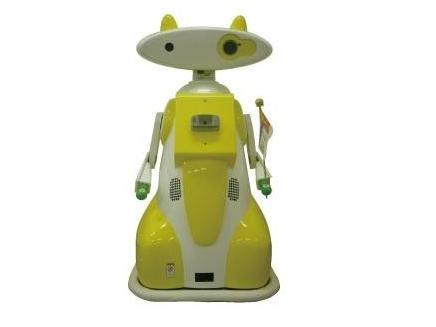Speed camera tech helps prevent cot deaths
New baby monitor uses radar to check breathing and heartbeat

The radar technology that enables speed cameras to save lives on the roads could soon be doing the same in nurseries.
Researchers at the University of Florida have built a prototype baby monitor that uses Doppler radar to detect a sleeping child's breathing and heartbeat.
If the infant's chest stops moving, the crib-mounted monitor detects the problem and sends an alarm to a portable wireless unit kept by the parents.
"It's the same Doppler radar that police use to catch speeders, but in our case, we don't measure constant speed, but rather back-and-forth motion — sort of like vibration," said Professor Jenshan Lin.
Radiation reassurances
The crib monitor's signals are very low power and not harmful to the baby or parents, Lin added. While a standard mobile phone emits about one watt of power, the Doppler radar emits just one ten-thousandth of a watt of power, he said.
Lin is also pursuing other applications for his technology. He already has a small working prototype search-and-rescue robot equipped with the Doppler system to find living people in structures damaged by earthquakes or explosions.
Get daily insight, inspiration and deals in your inbox
Sign up for breaking news, reviews, opinion, top tech deals, and more.
"Or the military could use it to find enemy soldiers," Lin said, noting that the Doppler radar easily penetrates walls or other structural components.
Lin has also miniaturised the electronics to fit on a fruit fly-sized microchip, enabling the remote monitor to be used in mobile phones. This could turn the phones into portable life detectors useful, for example, for friends and family who wish to keep tabs on elderly relatives living alone, he said.
Mark Harris is Senior Research Director at Gartner.